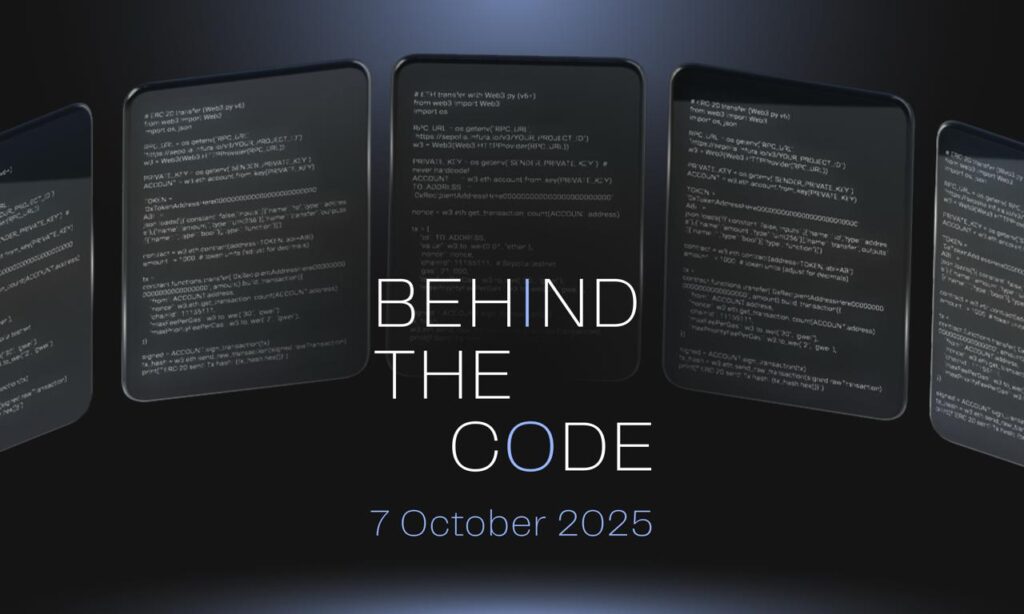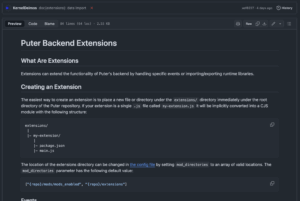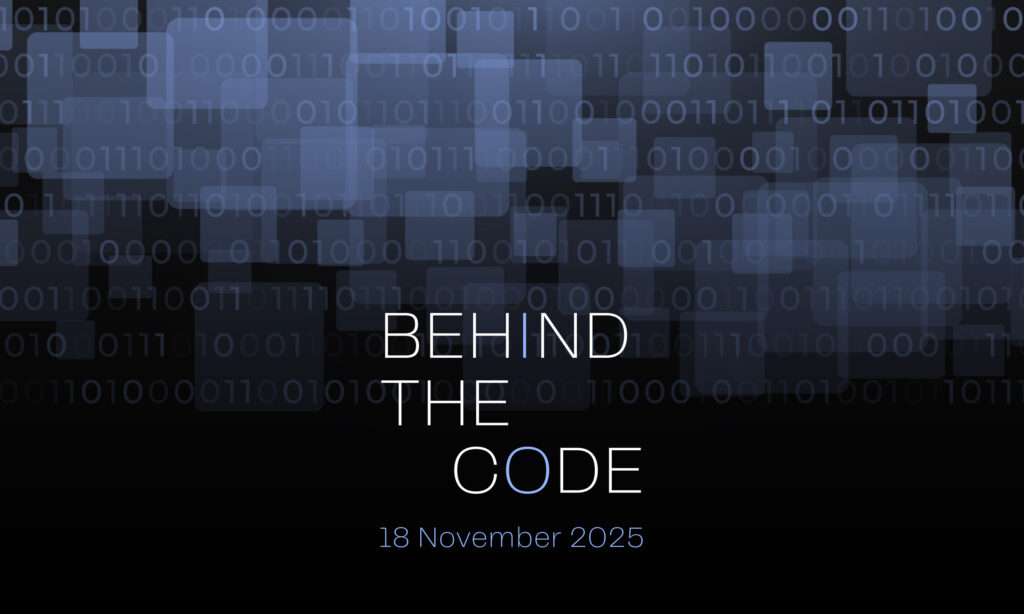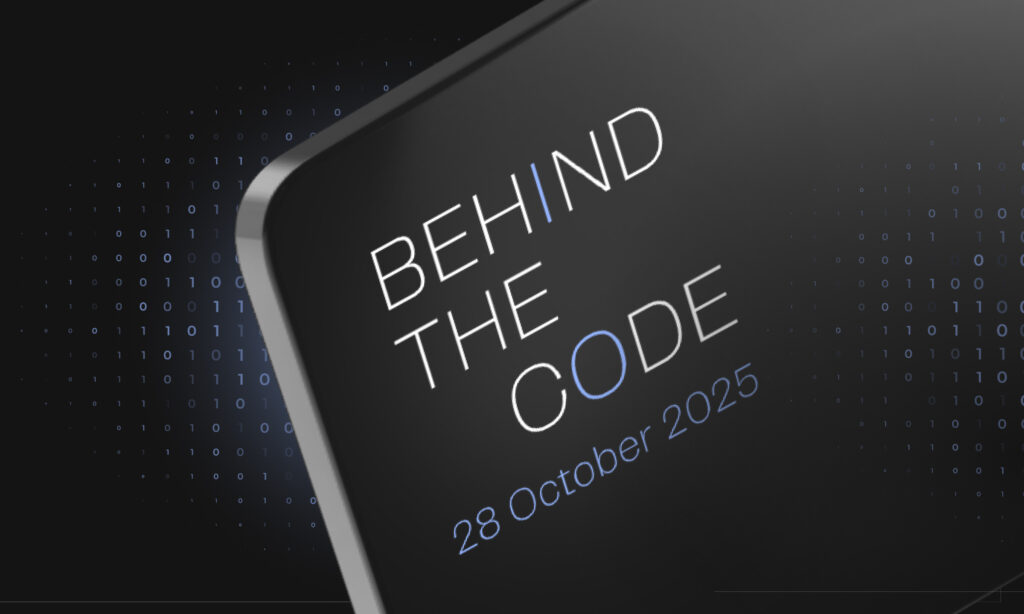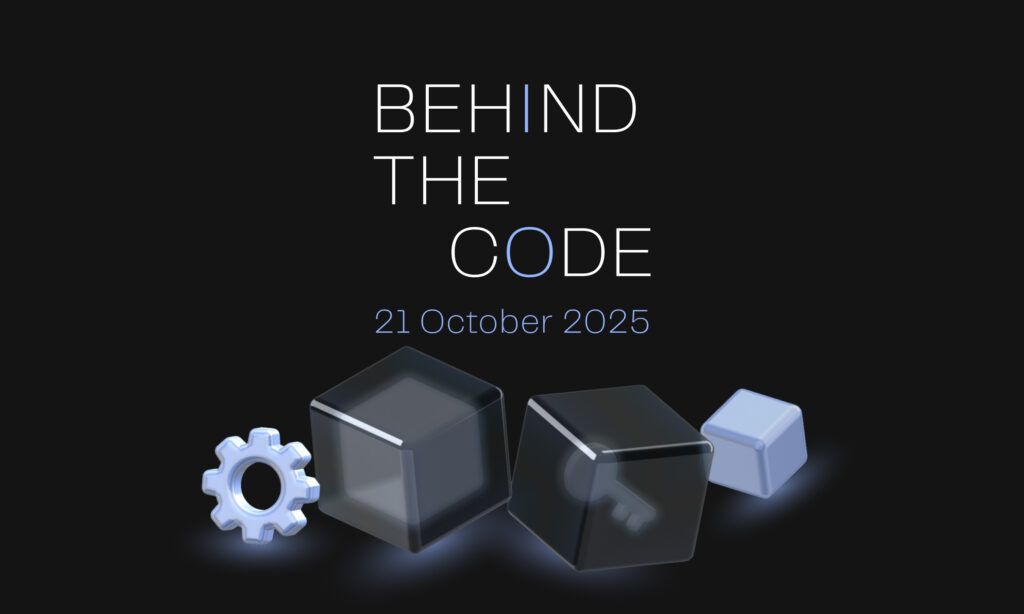This update is about two things most users care about, easier steps and faster loading. BTCD will be moving from more than 30 clicks to 3 simple steps, deposit BTC, confirm details, then track progress. Wallet quirks, gas, and retries will run in the background through relayers, the user still approves key actions, funds stay self-custodied, and progress is clear on mobile and desktop.
Data now sits on faster databases instead of a hosted subgraph. That brings roughly 10 to 100x faster queries, about 80 percent lower costs, and an indexer that follows live events and also backfills full history with health checks.
A three-phase reliability plan is set. Phase 1, 1 to 2 months, ship full observability with specialized tools, plus monitoring for RPC, load balancer, and user actions. Phase 2, 2 to 3 months, add a shared knowledge base, AI coding tools, and broad test coverage. Phase 3, 3 to 6 months, move to auto scaling, gas subsidies, proof automation, and safe rollbacks.
Targets are split by time. In 3 weeks, aim for 100 percent RPC health monitoring, crash and error visibility on every endpoint, about 50 percent fewer user decisions, and verified mobile flows with progress bars. In 6 months, aim for 99.9 percent uptime, under 500 ms latency, around 80 percent lower infra cost, 80 percent or higher mobile completion, 2 to 3x higher conversion, and auto scaling with predictive alerts.
On the Elacity-WCI side, Puter OS extensions are live, so the OS can run modules like IPFS, Particle, and contract bridges. Next up, Particle login at the OS level and an IPFS module, plus work with the DePIN team on PC² mesh routing to link home devices. Smart accounts with Lit Protocol are already supported, bringing one-click USDC deposits from any chain and session-aware decryption, purchases complete and unlock on their own while users keep custody.
Creators get a launchpad. Token factory contracts and bonding curves are done, backend wiring is in place, UI is in final steps. Recent minting issues from older backend logic were fixed, and CI and CD upgrades are in progress to remove nonce desyncs.
Bottom line for readers, BTCD gets simpler and faster, Elacity plugs into the OS, and the service stack is moving from beta habits to steady, monitored operations.
The detailed section below covers how this is built.
BeL2-NBW: Database Breakthroughs, UX Overhaul, and Engineering Maturity
BeL2-NBW team entered a critical transformation phase, technically, organizationally, and structurally. With deep post-beta learnings, the team delivered a production-ready PostgreSQL + TimescaleDB migration system, kicked off a full UX simplification plan for the BTCD protocol, and launched a strategy to evolve from a startup engineering team into a scalable, reliable operation.
PostgreSQL + TimescaleDB: Subgraph Exit, 100x Gains
- Full schema migration complete, including event indexer and GraphQL adapter
- 10–100x query performance improvements across all BTCD data views
- 40+ regression tests and migration tools ensure 100% data consistency
- Cost savings projected at 80%, replacing expensive hosted subgraph calls
Indexer now supports both real-time events and full history backfill with health monitoring.
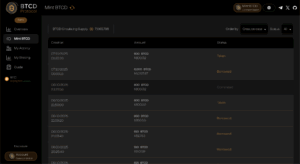
BTCD UX Redesign: From 30+ Steps to 3
- New core user flow: Deposit BTC → Confirm Details → Track Progress
- Automations planned:
- Arbitrator scoring + auto-selection
- Proof submission without manual action
- Intelligent error recovery
- Progressive disclosure modes (Basic, Advanced, Expert) support all user types
The new system will handle wallet complexity, gas management, and technical friction invisibly, without reducing security or flexibility.
Gas Management and Automation
- Designed Relayer-based gas sponsorship model (no contract changes needed)
- Users will only authorize key actions, while background txs are handled by relayers
- Supports seamless experience across wallet types and devices
Organizational Transformation Strategy: From Chaos to Maturity
The Beta release exposed key gaps in observability, scalability, and development velocity. A full three-phase roadmap was defined:
Phase 1: Observability Foundation (1–2 months)
- Deploy Sentry (error tracking), Prometheus (performance), PostHog (user stats), Grafana (infra usage)
- Configure monitoring for RPC nodes, load balancer, and user actions
Phase 2: Developer Efficiency (2–3 months)
- CI/CD pipelines
- Knowledge base in Notion
- AI coding tools and full test coverage
Phase 3: Self-Healing Infrastructure (3–6 months)
-
Auto-scaling, gas subsidies, proof automation, rollback support
Beta Post-Mortem: Key Issues Identified
- Zero observability of user flows or system crashes
- RPC scaling was manual and fragile
- Mobile UX failed due to over-complexity and lack of progress feedback
- Deployment processes risky and undocumented
Success Metrics Defined
Short Term (3 weeks)
- 100% RPC health monitoring
- Crash/error visibility on all endpoints
- 50% reduction in user decision points
- Verified mobile UX with progress bars
Long Term (6 months)
- 99.9% uptime, <500ms p95 latency
- 80% infra cost reduction
- 80%+ mobile completion rate
- 2–3x increase in user conversion
- Auto-scaling infra & predictive monitoring
World Computer Initiative: Puter OS Extensions Live, Lit Protocol Upgraded, Smart Account Launch Systems Ready
Elacity Labs made major strides this week in powering the World Computer vision by opening up the ability to now embed identity, compute, and access directly into the OS via Puter alongisde Elacity’s upcoming walletless smart accounts system with Particle Network.
Puter OS Extensions Go Live
- Developer-ready backend extension system is complete
- Enables creation of runtime modules (IPFS, Particle, contract bridges)
- Drivers Overview
- Runtime Modules
- All Extensions
“The OS becomes the node.” These extensions unlock true peer-to-peer operating systems for Elastos-native compute.
Next Up: Particle + IPFS Drivers
- Particle Auth: Embedded Web3 login (SIWE) at the OS level
- IPFS Module: Native pinning, CID browsing, and gateway connectivity
- Engaging DePIN team for PC² mesh routing to link home devices directly
Smart Account Licensing via Lit Protocol
Elacity now supports encrypted asset access through smart contract wallets (vs EOAs), with full integration of:
- One-click USDC deposits from any chain
- Session-aware delegated decryption using Lit Protocol
- Backend support for CEK (Content Encryption Key) issuance
Users gain full Web3 functionality with zero friction every purchase is auto-executed, decrypted, and self-custodied.
LaunchPad Architecture Finalized
- Token factory contracts + bonding curves now built
- Bonding Curve x dDRM manage access, liquidity, and token flow with universal liquid access token
- Provides every channel with a marketcap, setting stage for every icon or folder on the World Computer
- Initial backend integration complete, UI work in final stages
Deployment Stability
- Fixed minting failures caused by outdated backend contract logic
- CI/CD pipeline upgrades underway to resolve nonce desync issues
What’s Next
| Initiative | Next Steps |
|---|---|
| BeL2 Database Migration | Deploy dual-write PostgreSQL system, validate full switch-over |
| UX Simplification | Begin dev on automated matchmaker + arbitrator selection |
| Monitoring Stack | Deploy Sentry, Prometheus, Grafana, PostHog across infra |
| Puter OS Extensions | Ship Particle + IPFS drivers, integrate into PC² runtime mesh |
| Smart Accounts | Finish Lit session logic for smart wallet decryption |
| LaunchPad | Complete bonding curve UI and mint flows |
| Stress Testing | Design full plan + emergency rollback mechanisms |
| Org Process Overhaul | Assign sprint leads, run daily standups, document knowledge base |
Now Scaling for What’s Coming
The Elastos World Computer is no longer just an idea, it’s now a live, evolving, programmable OS stack where storage, compute, rights, and money interconnect.
The BeL2-NBW team is transforming from a startup into a global infra org. Elacity is embedding Web3 rights directly into operating systems. And the Puter OS is no longer a shell with email login to their cloud server, it’s the surface of the next internet.

